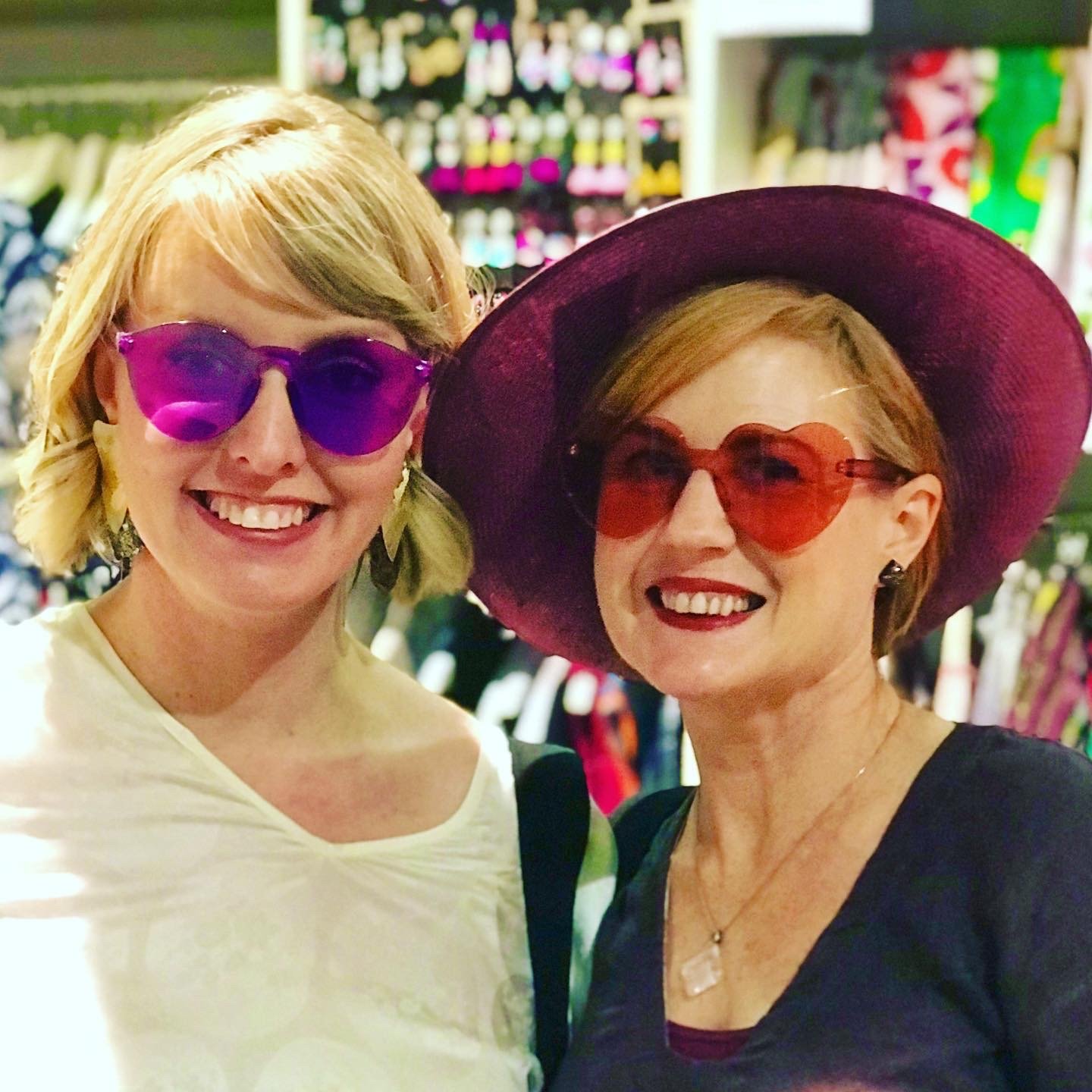Dressing for sunshine
If there was ever a time for me to consider sun protective clothing, it is now. Yes, just as we are well entrenched in Autumn, I have been diagnosed with a melanoma.
In the lockdown of 2020 I struggled with a slight case of the SADs, until I made the effort to go for regular walks. The exercise, fresh air and sunshine was so welcome. It can be really tricky to get the balance right between receiving sufficient vitamin D from the sun and too much sun exposure but it seems I have overdone it. Apparently just 10-15 minutes of sunshine per day is enough.
While I’ve never thought of myself as an outdoor sporty person, I’ve always loved the feeling of the sun on my skin as I sit enjoying food and good company outdoors or when reading, curled up like a cat, very often by a window indoors! So my sun exposure has been more incidental than deliberate. Even growing up, I preferred reading or drawing to being outside. So if I can be diagnosed with skin cancer, then just about anybody can be.
My reading on the topic has revealed that anyone diagnosed with melanoma becomes FIVE times more likely to be diagnosed with another one in the future. So I have been thinking about how clothing might help me (and you) avoid a future diagnosis.
Layers and a hat (of course!)
Dressing in several layers covering most parts of the body will definitely help prevent the sun from reaching you. However sometimes it is simply too warm to do that. And other times you just might not want to wear multiple layers.
Chemicals
This fabric wash sounds magic. It is a powder you wash your clothes with to give them a sun protective coating. But what is it and how does it work? How do we know it works? Where is the research??
‘Plant oil’ infused fabric
One company, Luminosa, owned by a husband and wife team (one of whom is a dermatologist) endorses plant oil as sun protection. They infuse their yarn with plant oil containing forsythia, though I am not sure what else, it contains. This ‘plant oil’ apparently offers sun protection. Although forsythia (a member of the olive family) has some therapeutic uses, again, I’d be keen to see more evidence and a breakdown of its other ingredients.
UPF clothing ranges
Of most interest to me are the fashion brands that claim their collections offer UPF 50+ protection. The acronym stands for ‘ultraviolet protection factor’ (UPF). The rating given refers to both the garment design (how much skin it covers) and the fabric it’s made of (how much UV it blocks).
Kathmandu has some good UPF clothing but as you would expect, it is mainly activewear. For a wider variety of styles, I was impressed by Solbarni, a Melbourne based company. And when it comes to skin cancer (as well as fashion), Melbourne is quite the capital!
OTHER CLOTHING CONSIDERATIONS
If you fancy styles other than those on offer in the various UPF collections, I’ve done some research into clothing considerations you can implement to block the rays.
Fabric construction and content
Unsurprisingly, the tighter the fabric structure, the better the sun protection. So whether the fabric is knitted (like jersey) or woven (like linen mostly is) it needs to be tight with an opaque appearance. The more closely the fabric fibres are bound together, the less UV radiation is able to pass through them to your skin. Sheer, thin or loosely woven cloth is less protective.
Apparently unbleached cotton contains natural lignins that absorb UV radiation although shiny polyesters and lightweight satin silks can be highly protective because they reflect radiation. Tightly woven, lightweight natural fabrics such as linen, cotton or hemp will however, keep you cooler than synthetic fibres.
Sizing and fit
If a fabric is stretched, it will be less protective. Knitted or elasticised fabrics stretch more readily than woven fabrics. If a garment needs to stretch to fit you, it will be less protective as the fibres pull away from each other and allow the sun to pass through the fabric. Therefore wearing the correct size is important. Tight clothing can stretch and reduce the level of sun protection it would otherwise offer. If you’re keen to wear stretchy fabrics choose fabric structures and colours that provide greater protection to compensate for this.
Activity and moisture content
Regardless of a garment’s UPF, all fabrics offer less protection from UV radiation when wet, particularly if the garment becomes transparent. The protection level depends on the fabric type and the amount of moisture it absorbs. If you are swimming or likely to sweat, choosing fabrics that dry quickly would be wise.
Colour
Interestingly, some dyes absorb UV radiation. Deeper colours of the same fabric type absorb more UV radiation than lighter shades do. Brighter or more intense colours are also more protective than light colours.
Research conducted in Spain revealed that dark blue had the highest UPF and that yellow and white, the lowest. If you prefer light-coloured fabrics, try to consider other criteria such as the fabric’s construction to give you greater protection.
If you’re keen to know what deeper and brighter colours suit you, I’ve developed some downloadable colour schemes here. Or you can try a DIY colour analysis using my book, or see me for a professional Colour Analysis.
Hey, and don’t forget, the sun shines every day whether or not you can see it. Clouds do not protect us from UV radiation unfortunately, so take care every day.
And of course, embrace the hat and sunglasses!




